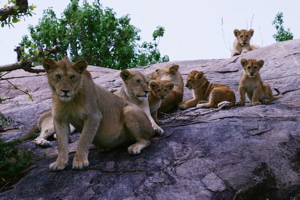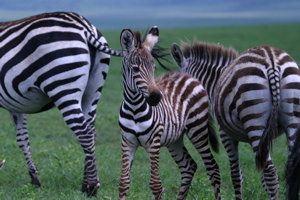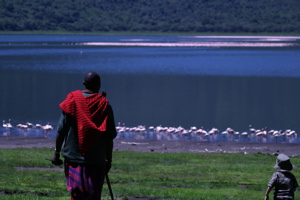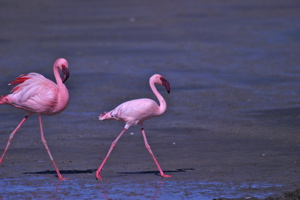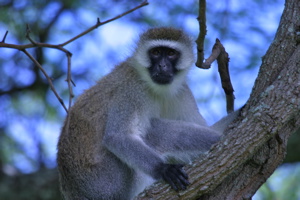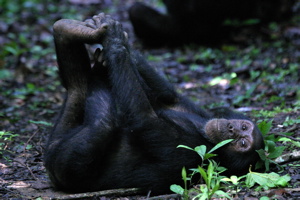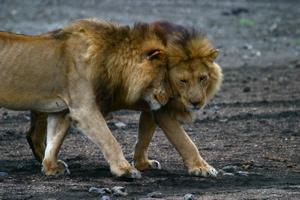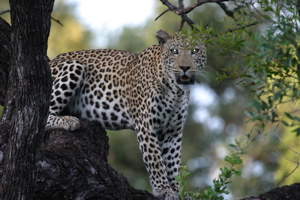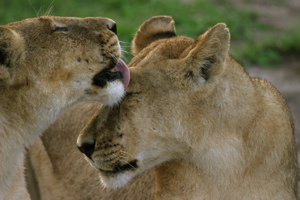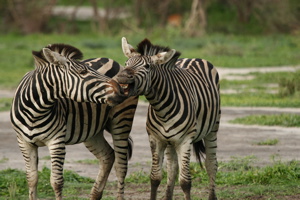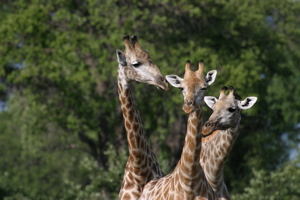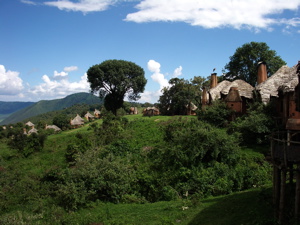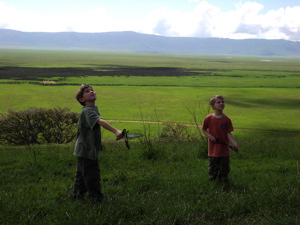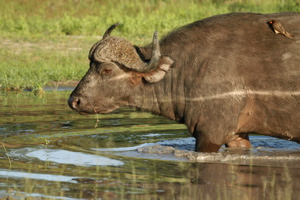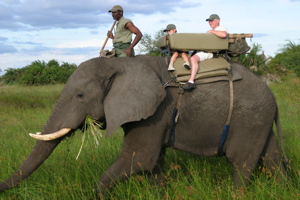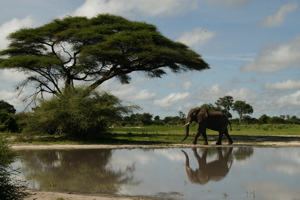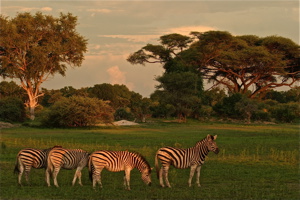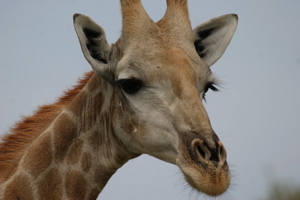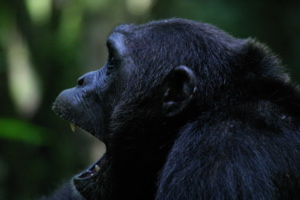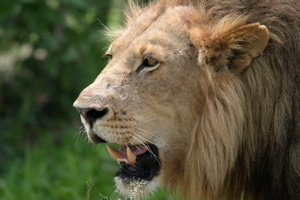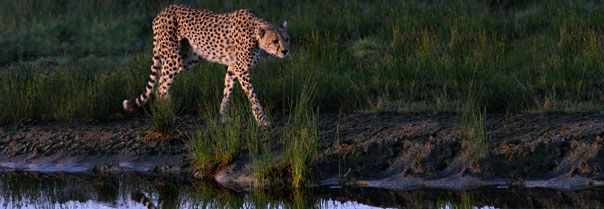
What's
New
- Winners Gallery
-
Katrina's Editorials
- An Ode to Travel
- Passion-Based Travel: Cuisine
- Following Your Passions Around the Globe
- Travel Resolutions
- The Allure of Islands
- Top Ten Family Destinations
- Have Camera, Will Travel
- 2012 International Art Circuit
- Summer Programs Kids (and Parents) Will Love
- Sailing Away
- Getting Off the Grid
- The Wild Places
- Southern Exposure
- Christmas: You Can Take It With You
- Health and Fitness
- Special Offers
- Field Experts
- Travelogs
- Newsletters
- Press
- MLS Signature Trip: Arctic Adventure
Katrina's Editorials
Have Camera, Will Travel
I’m passionate about photography. Camera gear for me and the kids is at the top of my packing list. I wouldn’t want to be without one – there are always priceless moments in every trip that we might forget if we didn’t have a photo to bring it all back.
But along with triggering memories and stories later on, photography helps you fully experience each place while you are there. A camera and lens don’t just focus your subject — they focus your attention more sharply, so you notice things you might overlook. With camera in hand, the ordinary can and does become the extraordinary. You begin to see with fresher, better eyes.
And this is one of the things I love about photography; it is an art of seeing. And unlike traditional art forms, like music or painting, it is accessible to anyone…from day one. Does technique help? Sure. But here’s the thing; digital cameras are computers. They have presets that are great for beginners. You just dial in whatever you want, and off you go.
If you’re a beginner, you will start by taking snapshots. But they’re your snapshots. They are wonderful. They are capturing memories. And as you fall in love with photography, at some point you will graduate from taking snapshots to taking photographs. You’ll develop a better eye for composition. And you’ll begin to take control over some of the features in you camera, so you can determine what’s in focus, if motion is blurred or stopped, and if you need to add light to your subject.
Here’s the secret: the biggest thing you need to do to become a good – even a great – photographer, is to show up. Just get out in life with your camera. The more you shoot, the better you get.
There are basically two kinds of digital cameras: Point-and-Shoot and SLR (Single Lens Reflex). What’s the best camera to have? The one you are going to actually use!
I started out with just a point-and-shoot Leica. This kind of camera is small, lightweight, and has a single, fixed-zoom lens that will give you wide to normal to telephoto view of your subject. I got it before we took the kids to New Zealand in 2002. With 3 kids all under the age of 7, I thought that was all I could handle. I liked the compact size. I could stick it in my purse or Terry’s pocket, and I could see right away if I got the shot or not. I didn’t actually shoot a lot, but I got started. And when I got back I was able to post my photos to an online gallery and let the family know right away where to go to see them. I caught the shutterbug.
Our next big overseas family trip was to Tanzania in 2004. I knew I needed much more than my compact camera for this trip, so I got my first digital SLR, a Canon 10D. This kind of camera is heavier, but it is so much more versatile than a point-and-shoot camera. It has more capabilities and is designed to take different lenses, so you can buy wide angle, normal, telephoto, and specialized lenses for it. I wanted to take photos of wild animals as well as my own wild bunch, so this was the perfect solution for me.
I had heard the adage “never go to Africa in new boots or a new camera,” so I asked a friend to take me to the zoo, where I could learn the basics of my camera while I practiced photographing animals.
I must admit, I am still rather pleased with my first Africa photos. I showed up! The guides took us out early in the morning and late in the afternoon, the “magic times” for the best light. I took shots of lions, cheetahs, elephants, giraffes, monkeys, wildebeest, gazelles, a leopard, all kinds of birds, and of course, the kids. Many were just snapshots. Some were actually spectacular. But all were great memories.
My real breakthrough from snapshots to photographs happened on our second trip to Africa in 2007. We spent 3 weeks altogether, beginning with Cape Town and an eco-camp in South Africa, and then on to three camps in Botswana. By camp #3, the kids and Terry were very content to sleep in and just enjoy the camp, pool and resident animals when they got up. Not me. I took the opportunity to request a photo guide for early morning safaris, and I got a great one.
My guide had an extra Canon 30D camera body and a wider range of lenses for me to try. And he knew the animals’ habits, so he knew where to go to set up and wait for the animals to come to us. But more than that, he really helped me take my photography to the next level.
He taught me the rule of thirds – where to put the main subject in the frame for maximum impact. He showed me how different layouts reinforce different themes — vertical layouts are majestic; horizontal layouts are restful or expansive; diagonals suggest activity or motion. He also taught me how to use shutter speeds and camera movement to capture motion. And I learned how different aperture settings affect how much of a picture will be in focus (also known as depth of field). Most importantly, my guide taught me how to see light in a whole new way. We looked at front, side and back lighting, and how to use fill flash on a backlit subject if I didn’t want to end up with a dark silhouette against a bright background.
My photos improved tremendously while I was thoroughly enjoying myself. I do read manuals, but I am really a kinesthetic learner. This was just perfect for me.
My Longtime Camera Kit:
Canon 40D body (Bought right after Tanzania trip)
Canon lenses with UV filters and lens hoods – 17-85mm zoom, 100-400mm zoom, and 100mm macro
Leica D-Lux2 point-and-shoot
Memory Cards
Extra batteries
Universal charger for cameras/batteries
Lens tissue, cleaner
Camera bag
Monopod
My Current Camera Upgrades. I’ve upgraded to a prosumer DSLR camera, a Canon 7D that uses the same Canon lenses. It is quite a bit heavier than what I am used to and has different controls and features. Bit of a learning curve, but worth it.
I also upgraded my point-and-shoot to a Canon G11. It’s a much studier camera than my Leica, with a longer-range zoom and a wider viewing surface.
Kids’ Cameras. Initially, I bought the cheapest, lightest point-and-shoot digital cameras I could find, so I wouldn’t be upset if they were lost or broken. Now that the kids are older, I find that they want their own SLRs…or want to use mine. My 40D now does double duty as a back up camera for me and a loaner for the kids.
Back Home. When we get home, there are a number of things I do to keep the memories alive. I download my photos to a drive and create a number of albums. The largest album is displayed in a continuous loop on a monitor in our family room and in Terry’s office. Another goes to my MobileMe account to share with family and friends. I also push my albums to my iPhone. I take my best shots and make prints, calendars and/or photo books. And now with My Little Swans, I post them on the site to share them with everyone.
I find displaying our photos not only keeps the memories fresh, but also gets us dreaming about our next trip as a family. It doesn’t get any better than this.
I encourage you to get out there as often as possible and capture your experiences. The best way to learn is by doing, and at the end, you’ll have both a lasting memory and a personal work of art.

Happy Shooting!
Katrina
Copyright 2013 MyLittleSwans, LLC. All rights reserved. My Little Swans, the logo and Share a world of experience are registered Trademarks of MyLittleSwans, LLC. Use of this site constitutes acceptance of our Terms of Use and Privacy Policy.

